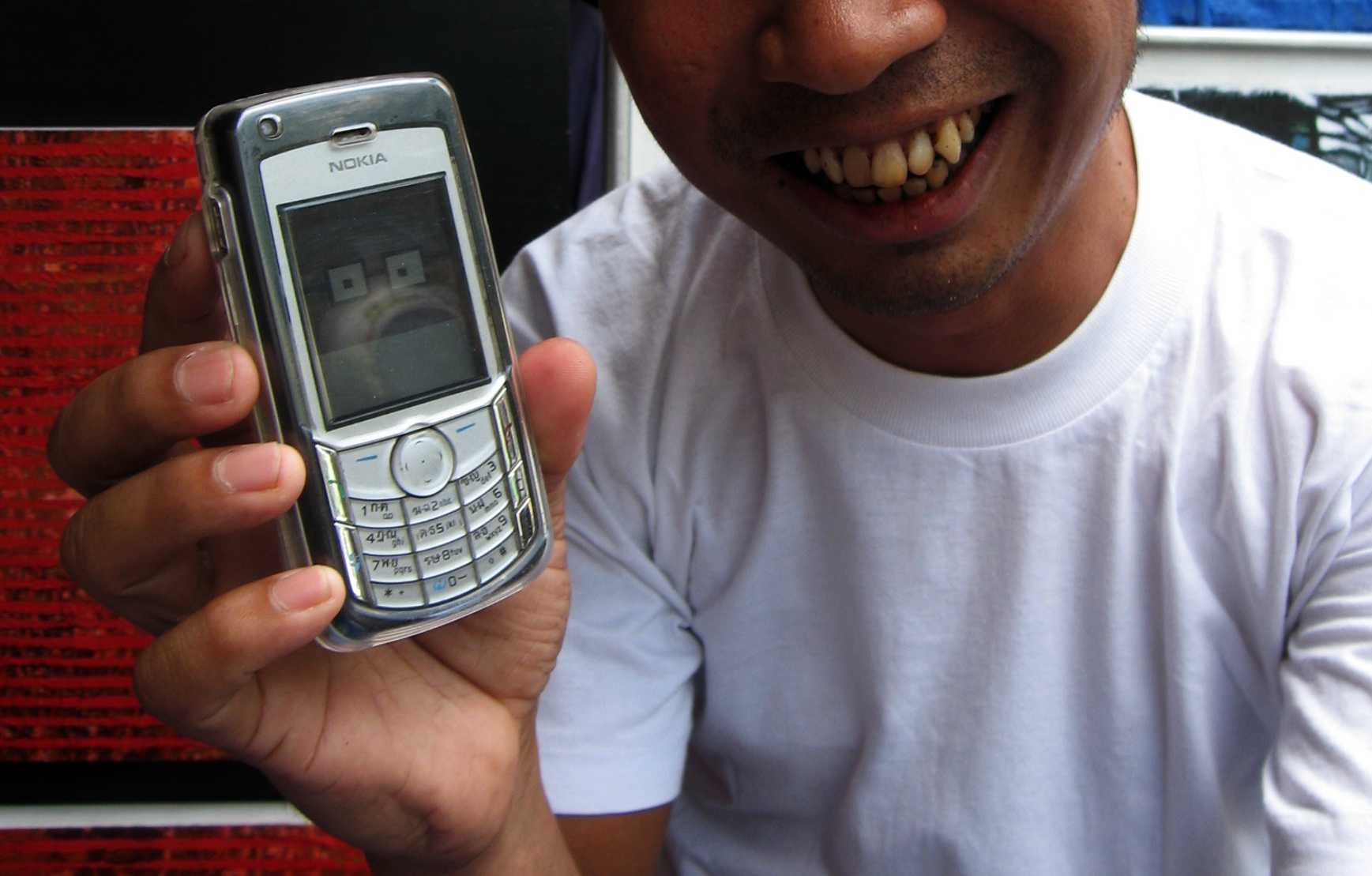Pophorning in Burma
2008-02-04
Corduroid goes east.
The Pophorn Crew didn’t have to spend ten weeks in Myanmar (Burma) to realise that free communication is not the highest priority of the current military government. (But people are so generous it’s impossible to leave.) Mobile phones are used in the major cities but most rural areas have no coverage at all. Phones are very expensive and SIM-cards are ridiculously costly ($2500) even by western standards. Still, during the September 2007 pro-democracy demonstrations a large number of people used their phone cameras to document the violent response from the military. A number of these clips reached international media and brought huge attention to the tense situation in an otherwise very isolated and, often, forgotten country. During the major demonstrations of 1988 only one photographer managed to smuggle out photos. Internet and mobile phones have certainly made it more difficult for the government to control what’s communicated within the country and to the outside world.
Above is the first proud Burmese Pophornist sporting his Bangkok-bought Nokia. Is it only a coincidence that Corduroid’s mouth is not showing? This is a country where spaces for voicing your opinion is nothing to take for granted.
Foreign phones, like ours, don’t work with the Burmese network but Pophorns don’t need to be online to spread their pocket-sized noise. These novices at a monestary school in Bagan happily sacrificed their lunch-break to fiddle with the Corduroid Pophorn.
The Ophonine Pophorn comes with no predefined audio clips but allows the Pophornist to record any sounds, which are then looped forever - or until someone else records a sound into the same phone. Hooking up three Ophonines to guitar amps at a major square in Medellín (Colombia) soon had people making growling noises, reading poems and shouting political propaganda. Since the installation is open for everyone it is difficult to control or predict what will happen or what will be said. In Burma it was simply not possible to do a similar installation in a public space, but at least the Ophonines were used to giving looping voices to a family of paper people, made out of magazines at a private art exhibition in north Yangon.
